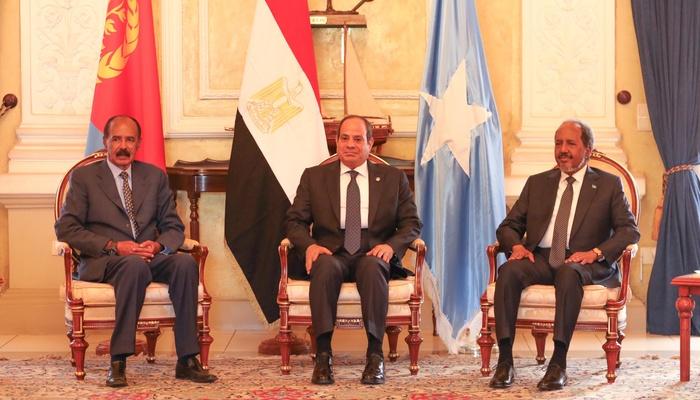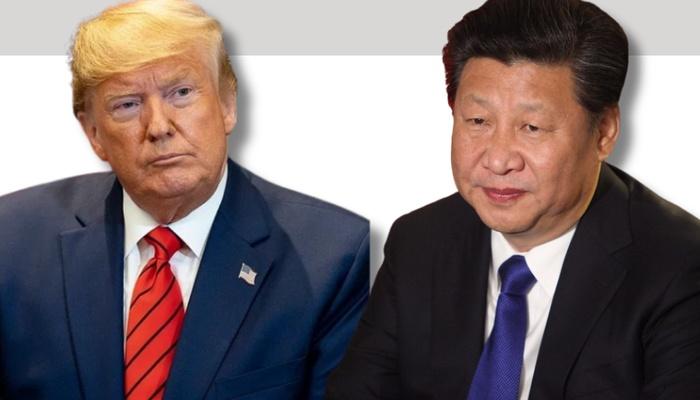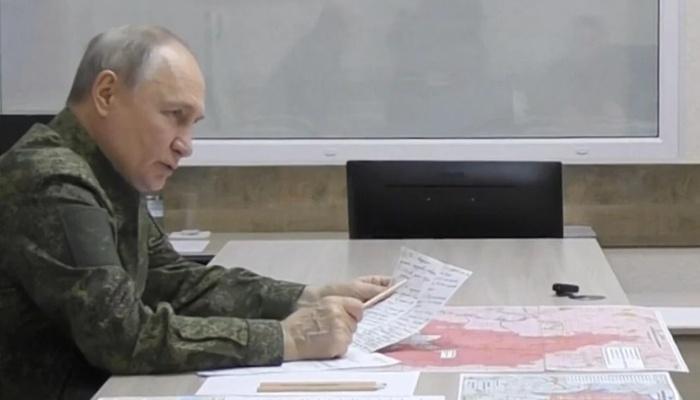Pakistan’s new role in fighting terrorism in South Asia
Pakistan has been facing a deep security crisis for almost fifteen years, which is rooted in and continues to be fueled by the many years of instability in neighboring Afghanistan. The porosity of about 2,500 kilometers of border between the two countries, in fact, has always favored the passage of fighters who were engaged in the Afghan territory, first against the Soviets in the '80s and, since 2001, against US and NATO Forces. They have seen Pakistan as a possible place of refuge. This trend has been particularly evident in the Pakistani Tribal Areas (Federally Administrative Tribal Areas - FATA), the region in the northwest of the country that has always been a stronghold against the Taliban insurgency in the country. This area, indeed, is separated from the turbulent eastern provinces of Afghanistan by a purely formal border, the so-called Durand Line[1], which not only divides a population united by ethnicity (Pashtun), religious interpretation (Deobandi) and tribal system, but, by cutting it into two pieces of what was a whole village, it even separates families.
The result is a substantial inconsistency of the international border that makes it particularly complicated to control the movement across the border. The inability to accurately monitor the trans-border movement on the one hand, and the inaccessible morphology of the typically mountainous area on the other, actually prevent the security Forces on both sides of the border in their guarantee of control over the territory.
The report is the result of the trip to Pakistan that was made between June 7th and 13th, 2015 by the delegation of the Ce.S.I. – Centro Studi Internazionali (International Studies Centre), led by the President, Prof. Andrea Margelletti, and formed by Dr. Francesco Tosato, Senior Analyst responsible for the Military Affairs desk, and Dr. Francesca Manenti, head of the Asia desk.









